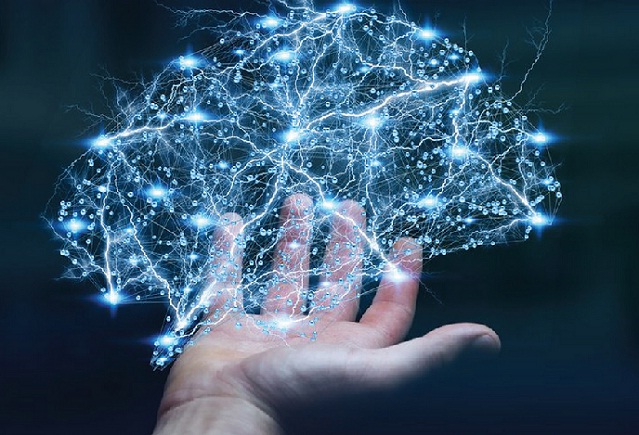The power of perception neural networks in image and speech recognition is transforming the way we interact with technology. These advanced systems are designed to mimic human cognition, enabling machines to understand and interpret complex patterns in data that would otherwise be impossible for traditional algorithms.
Perception neural networks, a type of artificial intelligence (AI), play a pivotal role in image recognition. They use convolutional layers to process input images, breaking them down into smaller pieces or ‘features.’ These features are then analyzed and classified according to their characteristics. This enables the system not only to recognize individual objects within an image but also understand their context within the scene.
For instance, when presented with an image of a park, a perception service for generating content with neural network can identify trees, people, dogs playing catch – all while understanding that these elements collectively constitute a ‘park’. This level of sophistication is achieved through deep learning – training the network on vast amounts of labeled data so it can ‘learn’ what different objects look like from numerous angles under varying conditions.
Speech recognition has also greatly benefited from this technology. Perception neural networks have enabled more accurate transcription services and voice-activated assistants by improving their ability to understand human speech patterns. They work by converting spoken words into written text using recurrent layers that allow them to consider temporal sequences – crucial for understanding language where meaning often depends on word order.
Furthermore, they can handle variations in accent, speed of speech and even cope with background noise – factors which previously posed significant challenges for older speech recognition systems. The result is an AI-powered assistant that understands commands as naturally delivered by humans without needing specific prompts or rigid syntaxes.
The combination of these two applications opens up exciting possibilities for user interface design. For example, visually impaired users could navigate software using voice commands interpreted by AI while receiving feedback through audio descriptions generated based on visual inputs processed by the same AI system.
However impressive these advancements may seem though; it’s important to remember that perception neural networks are still far from perfect. They require large amounts of high-quality, labeled data to function effectively and can be sensitive to changes in input that deviate too much from their training data.
In spite of these limitations, the power of perception neural networks in image and speech recognition continues to push the boundaries of what is possible with AI. As technology advances, we can expect these systems to become even more sophisticated, further blurring the line between human cognition and machine intelligence. This not only promises exciting developments for consumer technology but also significant advancements in fields such as healthcare, security and transportation where accurate image and speech recognition can have life-changing implications.




